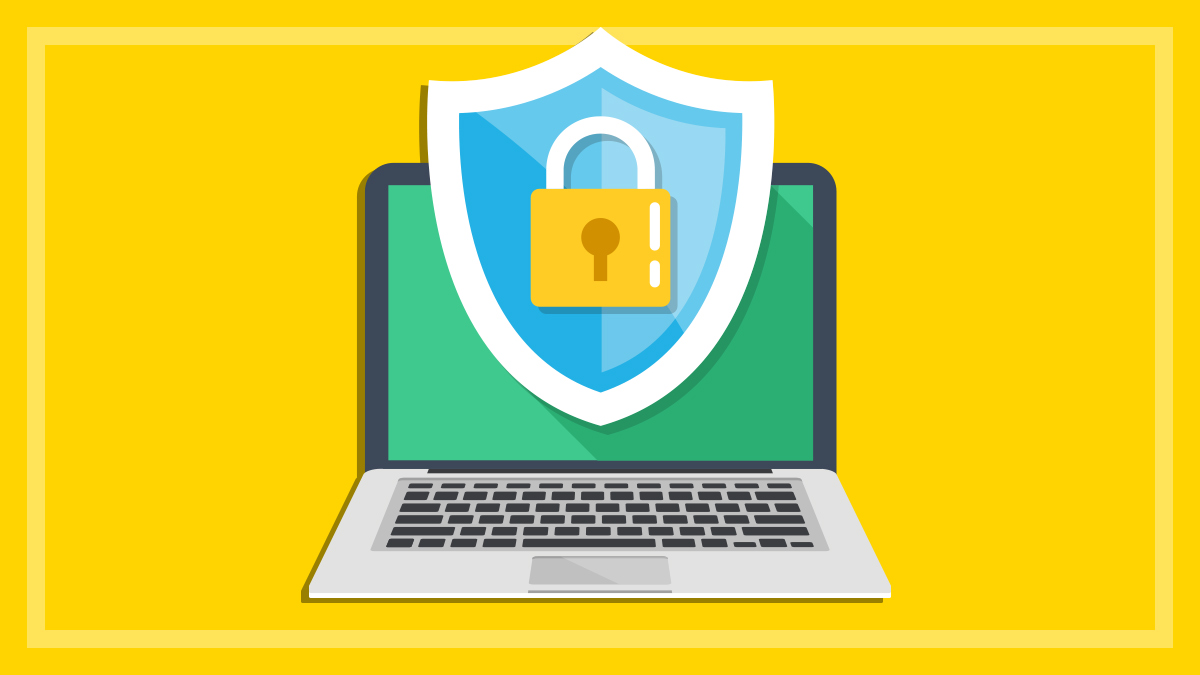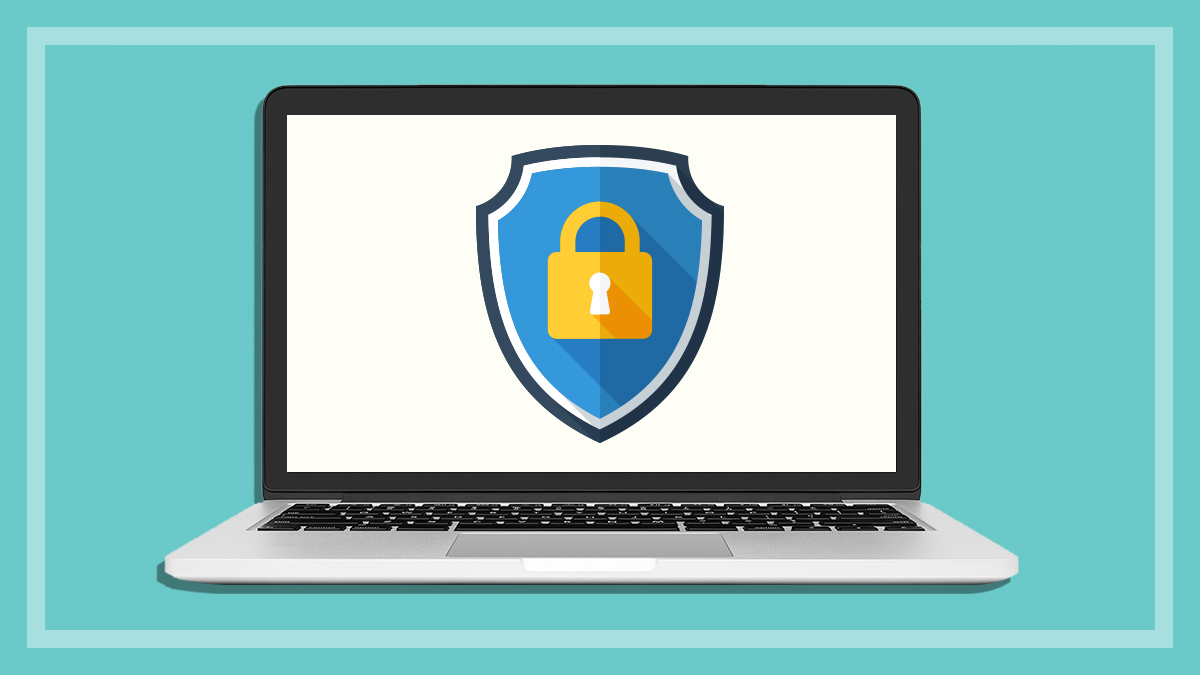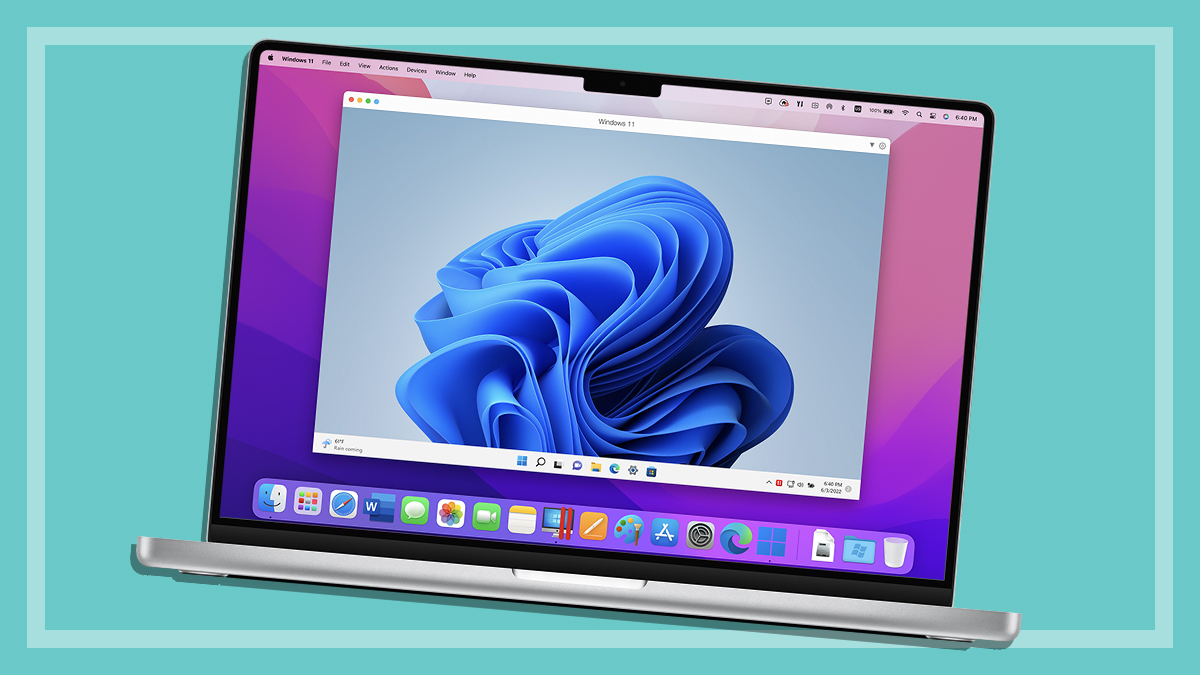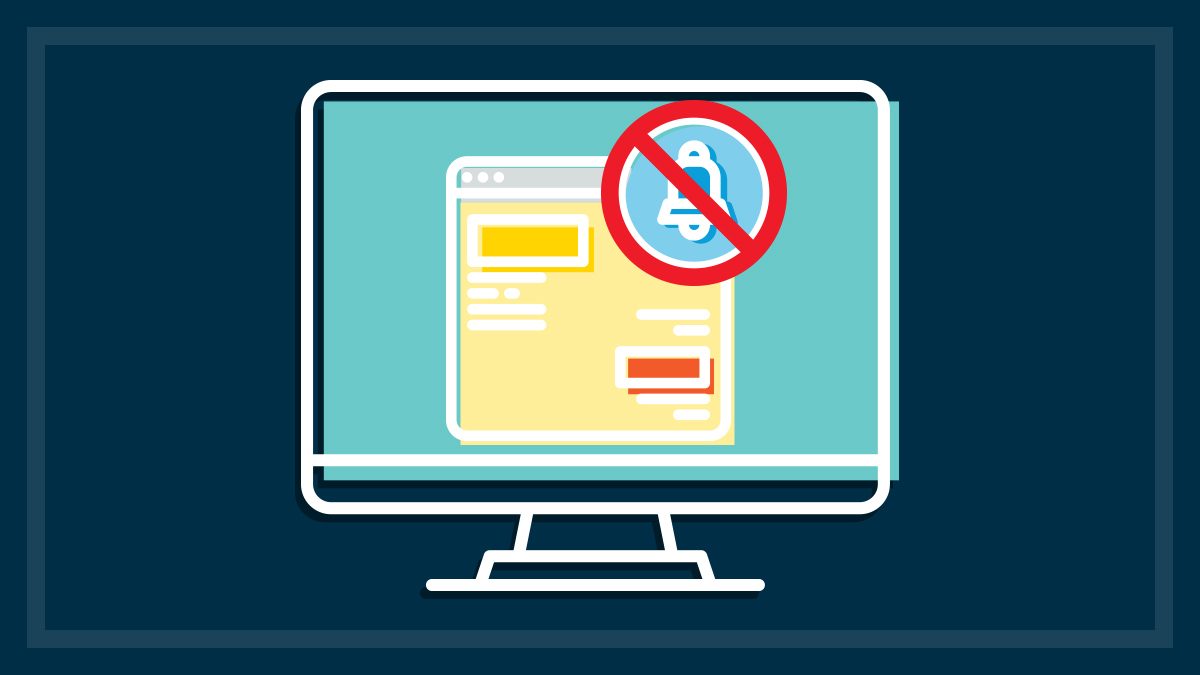Get our independent lab tests, expert reviews and honest advice.
How we test security software
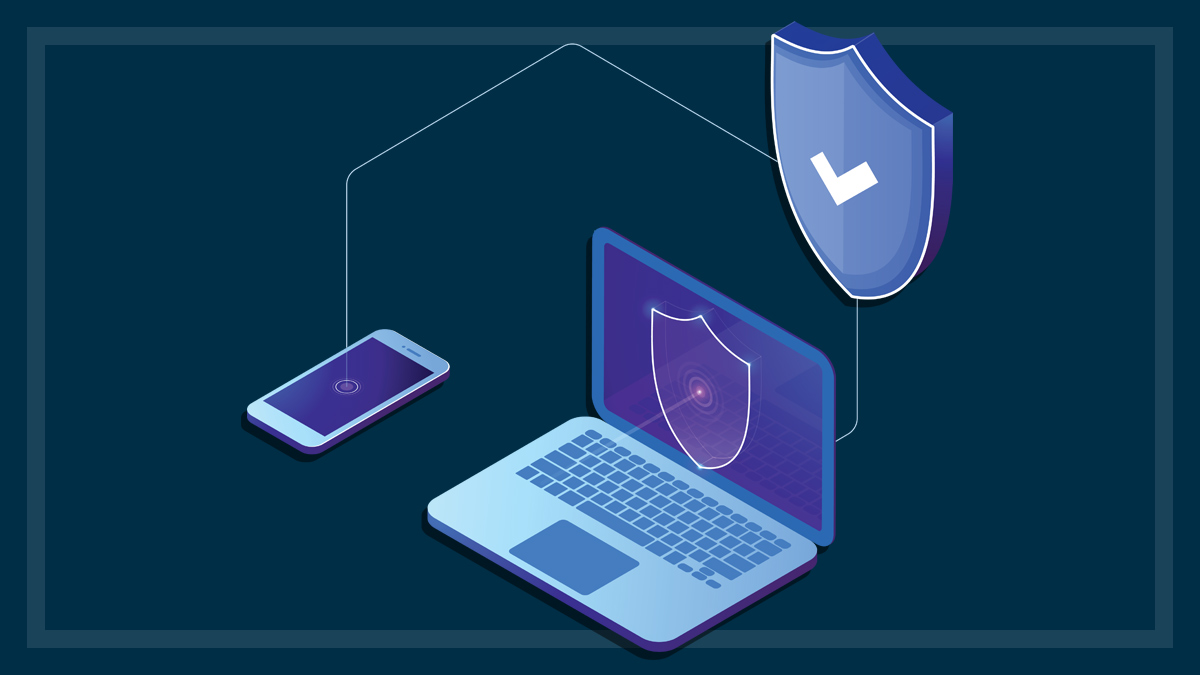
You can’t try out security software in the store, or for the most part even buy it there. These days it’s all online downloads, whether from the manufacturer’s website or from an app store. And installing and configuring it correctly for your purposes takes time.
On this page:
- Our expert testers
- Considerations when testing
- How we test desktop antivirus protection
- How we test mobile antivirus protection
Here’s how our tech experts look at both desktop and mobile antivirus software to find out which programs are best at keeping your devices protected.
Our expert testers
We collectively use professional labs in Europe that specialise in security software. As security software is available worldwide, CHOICE joins with our sister consumer organisations worldwide to test desktop security software. Sharing costs and specialist expertise helps us test as many programs as possible to the depth that’s required, using dedicated test labs in Europe.
We choose software that’s available in Australia when displaying test results, and product pricing is sourced using the product’s Australian website wherever possible with prices in Australian dollars (or converted to Australian dollars where necessary).
Considerations when testing
To make sure we have an even playing field when testing, each software product is updated to the latest version available at the time of testing. The malware samples used for the performance tests are the same for all products and the tests are performed at the same time for all of them.
Testing is done using a freshly installed and updated version of Windows 10 or macOS. For Windows testing, Google Chrome is used as the default Web browser, but with its built-in URL filters (anti-phishing, anti-malware) disabled and without signing in to Google. For macOS, Safari is used but with its built-in URL filters disabled. Each test computer includes the latest version of Office, Acrobat Reader VLC, Firefox and 7zip.
How we test desktop antivirus protection
Ease of use score
Our assessment takes into account:
- the installation, configuration and normal day-to-day use of the product
- the clarity and simplicity of the user interface
- built-in and online user help such as guidance, help menu and options
- ease of keeping the software up to date.
Protection score
This portion of the test includes:
- on-demand scanning, both connected to and disconnected from the internet
- real-world protection, using known malicious websites including so-called drive-by websites, plus malware infections from connected media such as a USB flash drive
- current malware detection, which includes the speed at which software is updated to address emerging threats
- URL protection, which includes blocking online malware, especially phishing websites such as false banking and social media sites
- firewall effectiveness
- alerts and quarantine.
System impact score
This is the result of assessing the software’s use of disk space and memory, plus its effect on boot time and common tasks such as program launch and use, file copying and file compression and decompression.
Testing criteria explained
Overall score
The overall score is made up of:
- protection (65%)
- ease of use (25%)
- system impact (10%).
How we test mobile antivirus protection
All mobile security apps are tested by specialist independent security test lab AV-Test. Tests are conducted in a worldwide unique, fully-automated Android test system and use the latest smartphones.
Scoring is based on how well the app protects from malware and takes into account system impact – its effect on device speed, memory use and battery consumption, plus other features.
Testing includes on-demand scanning, invoked by a user at any time, and dynamic detection, which identifies and remedies malware as it occurs. Tests are run while simulating typical real-world user activities such as installing apps and launching websites, plus usage of everyday apps such as Adobe Reader and YouTube.
Testing criteria explained
Overall score
The overall score is made up of:
- protection (50%)
- system impact (50%).
The protection score covers how effectively the app shields the device from malicious software (malware). The system impact score reflects the extent to which running the software affects overall performance (a higher score is better).

